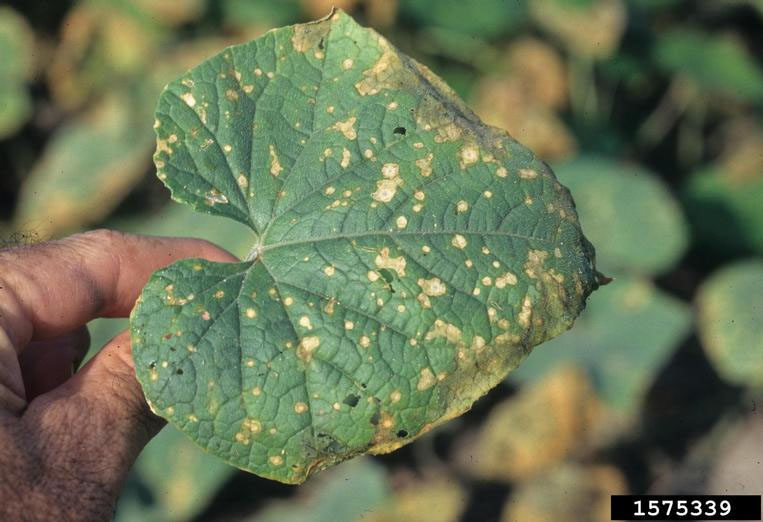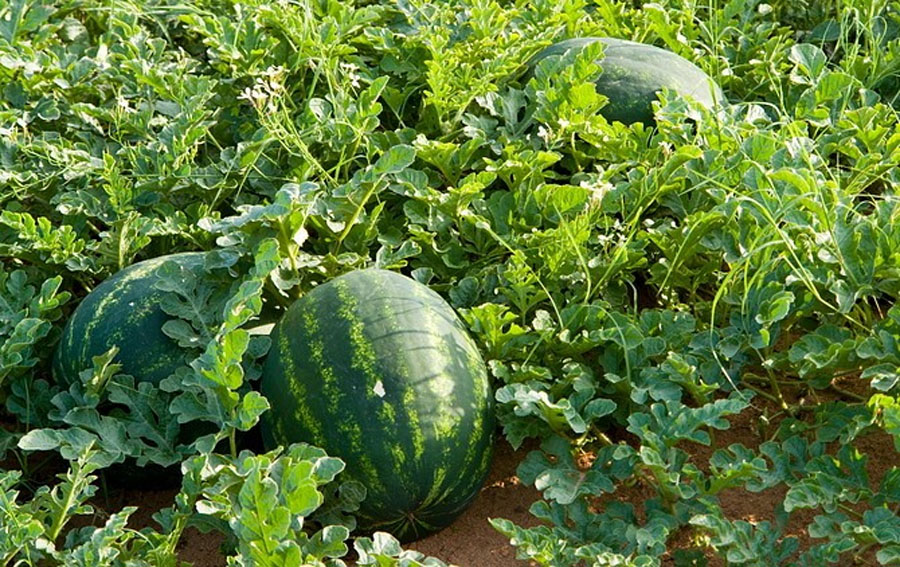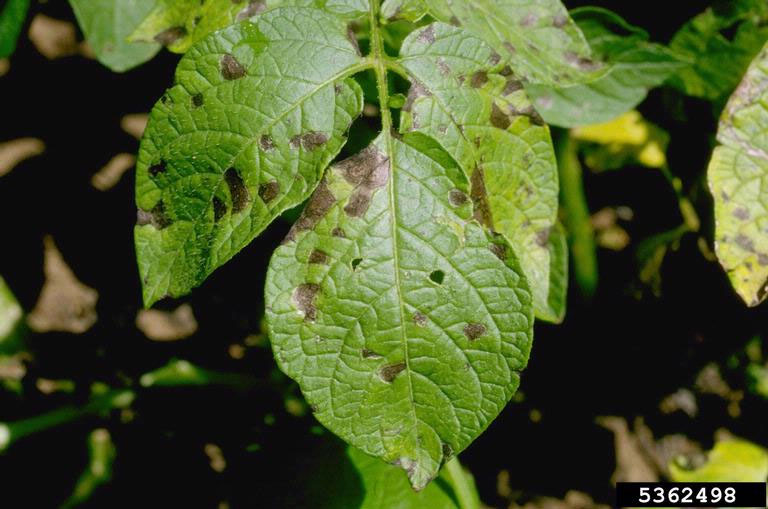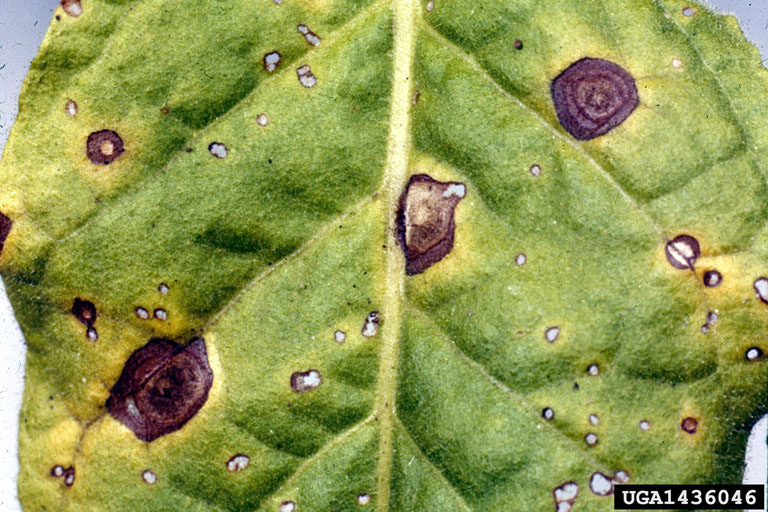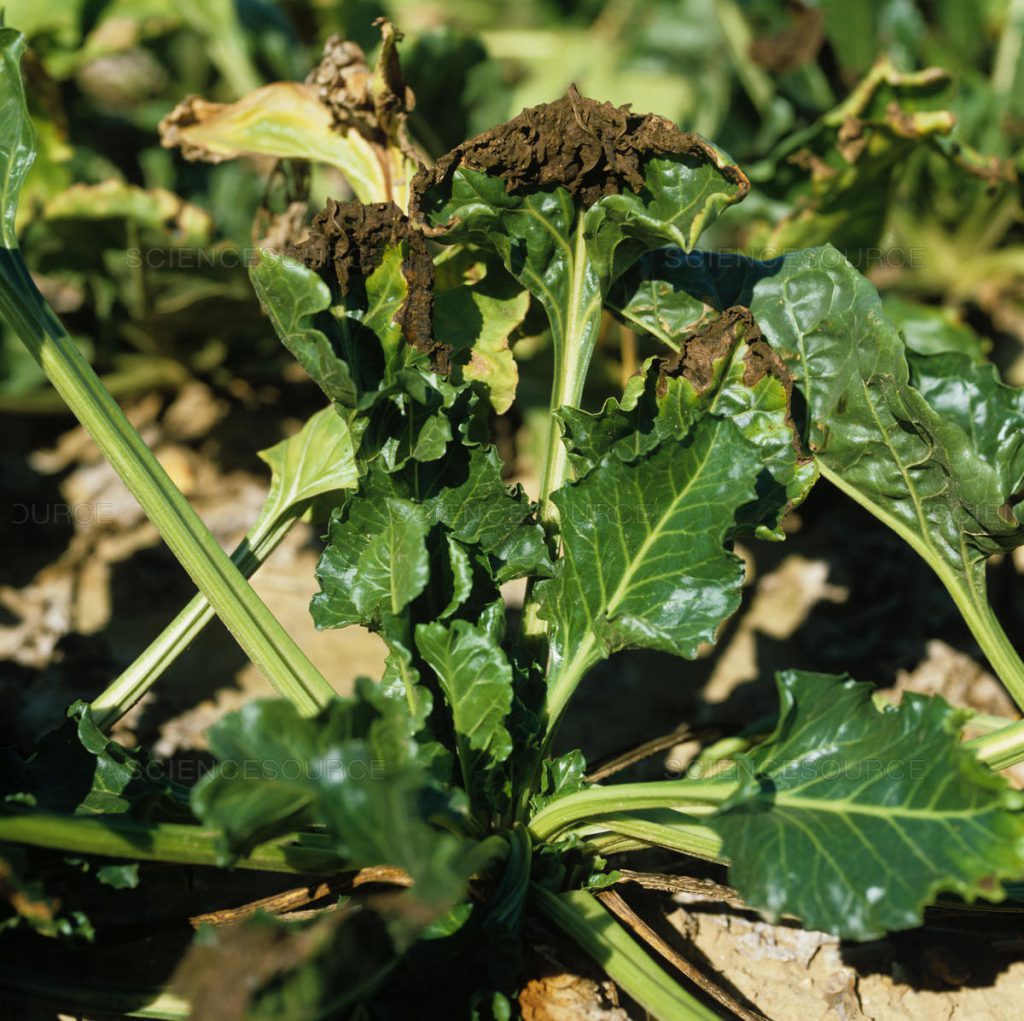Anthracnose of cucurbits affects cucumber, and watermelon plants. The leaves are show extensive light brown or greyish spots with distinct margins. On the fruit, brown discoloration in the form of large spots is produced
Scientific name: Colletotrichum orbiculare (syn. Colletotrichum lagenarium, syn. Gloeosporium lagenarium)
Greek name: Ανθράκωση αγγουριού
Symptoms
Anthracnose of cucurbits causes extensive light brown or greyish spots on the leaves with distinct margins. The leaves are deformed and the stems also show spots that develop into necrosis and may cause drying. In the fruit, anthracnose of cucurbits causes brownish discoloration in the form of large spots, where the tissues then sink, shrink and there the fungal fruitions are formed and from there the pinkish masses of conidia.
Pathogen – Growth conditions
The anthracnose fungus is Colletotrichum lagenarium and its perfect form is Glomerella lagenarium (syn. Glomerella cingulata) fungus.
It hibernates in the crop residues.
It infects mainly with conidia that directly puncture the tegument and send mycelia into the intercellular spaces to feed. The development of the disease is favored by high temperatures (20-25 degrees Celsius) and wet weather. The perfect form of the fungus is rarely formed.
Source
www.bayercropscience.gr
Anthracnose of cucurbits
Colletotrichum orbiculare
Cucurbits, Anthracnose
Tags: CUCUMBERS • PLANT DISEASE • WATERMELON • WATERMELONS

